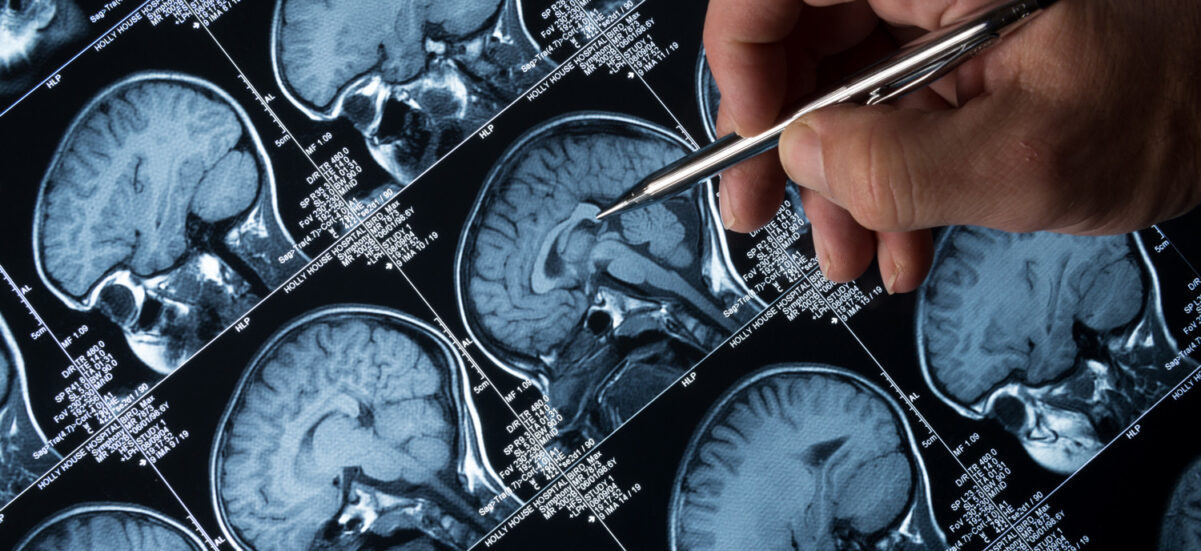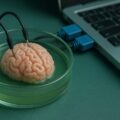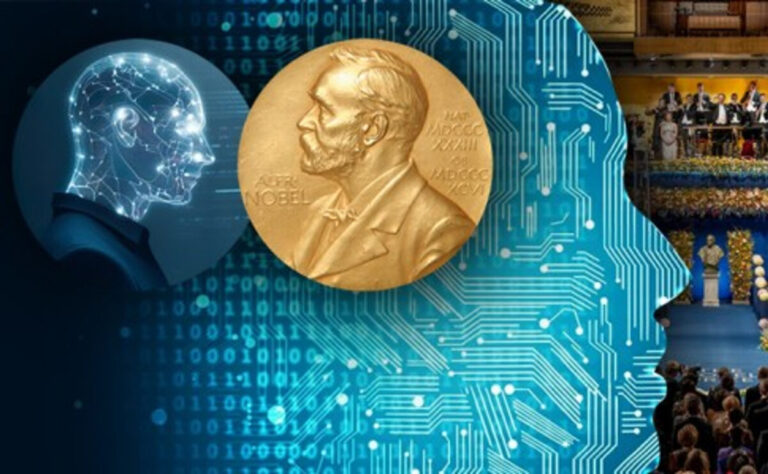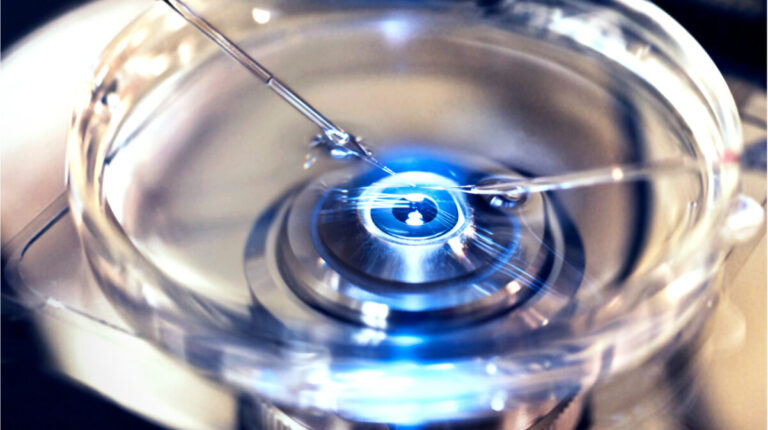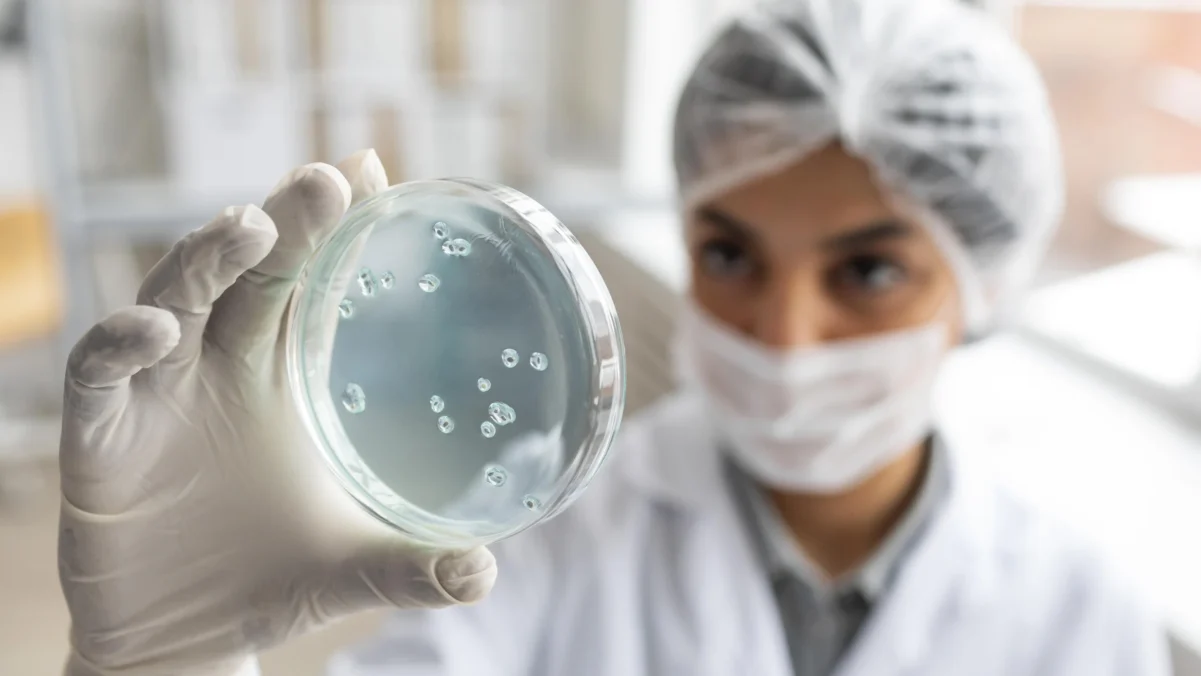
Artificial Intelligence and Archaea: How Scientists from the University of Pennsylvania Discovered Thousands of Potential Antibiotics in Ancient Microbes
In 2025, a research team from the University of Pennsylvania made a breakthrough in the search for new antibiotics. With the help of artificial intelligence, the researchers identified more than 12,000 unique compounds in ancient microorganisms that may help fight drug-resistant bacteria. This discovery opens a new direction in the global fight against antimicrobial resistance one of the key public health threats of the 21st century.
The study was conducted by the laboratory of César de la Fuente, a renowned synthetic biology researcher. Together with his colleagues, he developed an artificial intelligence system called APEX 1.1 a tool capable of analyzing microbial proteins and predicting which ones may have antimicrobial properties. Although this was not the lab’s first AI-driven project, this specific model led scientists to a lesser-studied group of microorganisms: archaea.
Archaea are ancient single-celled organisms that are neither bacteria nor eukaryotes (plants, animals, or fungi). They have a unique membrane structure and can survive in extreme conditions such as hydrothermal vents, deep ocean environments, or highly acidic or hot habitats. That is why the researchers hypothesized that these organisms may have evolved special biochemical defense mechanisms.
Marcelo Torres, one of the study’s authors, explained:
“Archaea interested us because, in order to survive in extreme environments, they evolved unique biochemical defense mechanisms. We wanted to find out whether these mechanisms could be used to fight bacteria that don’t respond to current antibiotics.”
What are archaeasins and why do they matter
Using APEX, the team analyzed 233 archaeal species and discovered 12,603 potential antimicrobial peptides short protein molecules which the researchers named archaeasins. These peptides differ from known antimicrobial agents not only in their structure but also in their distribution of electrical charges, which could influence their ability to penetrate bacterial membranes.
The researchers synthesized these peptides in the lab and tested their activity. 80 samples were tested against one of the most dangerous hospital pathogens Acinetobacter baumannii, known for its resistance to nearly all existing antibiotics.
The results were impressive: 93% of the archaeasins showed antimicrobial activity, and three peptides were selected for further testing in animals.
Four days after being administered to mice, all three peptides completely suppressed the growth of the bacteria. One of them archaeasin‑73 showed effectiveness comparable to polymyxin B, a powerful antibiotic used as a last resort when other treatments fail.
This is a key finding because modern medicine is facing a growing problem: many pathogens are developing resistance even to last-line antibiotics. New compounds from archaea could provide critical alternatives in such cases.
What’s next?
There’s still a long way to go. According to the researchers, the next steps will include:
- improving the APEX model so that it can predict new antimicrobial compounds based on structural patterns;
- analyzing the long-term effects of archaeasins;
- evaluating their toxicity to humans;
- and potentially conducting clinical trials.
The de la Fuente team also plans to scale this approach beyond archaea applying it to other organisms such as algae, soil bacteria, and symbiotic microbes.
Why this discovery matters now
This project is not just about finding new drugs it shows how artificial intelligence can change the very logic of scientific discovery. In the past, the search for new antibiotics took years and often failed. Now, a machine can analyze thousands of biomolecules in hours, select the most promising candidates, and predict their effects with high accuracy.
Given the rapid spread of antibiotic resistance, this is no longer a future problem. It’s an urgent challenge of the present.
And while the path to creating a new class of medicines may still be long, the discovery of archaeasins gives the world a new hope in the fight against incurable infections and brings us one step closer to the medicine of the future.



